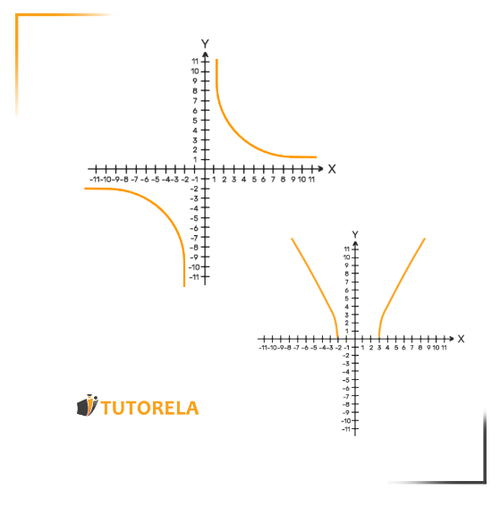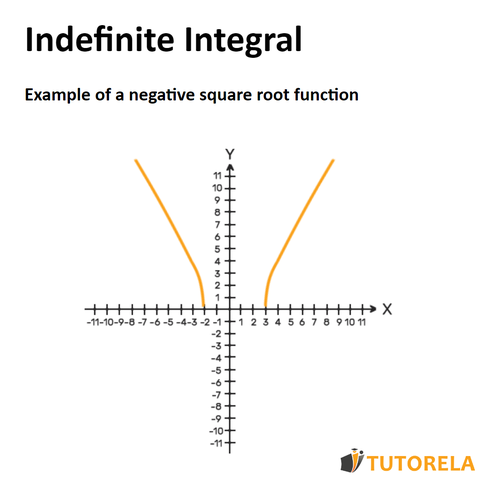Given the following function:
5x−223
Does the function have a domain? If so, what is it?
To determine the domain of the function 5x−223, follow these steps:
- Step 1: Identify where the function is undefined by setting the denominator equal to zero.
Equation: 5x−2=0
- Step 2: Solve the equation for x.
Let's perform the calculation:
Step 1: Set 5x−2=0.
Step 2: Solve for x by adding 2 to both sides:
5x=2
Next, divide both sides by 5:
x=52
This shows that the function is undefined at x=52, thus excluding this point from the domain of the function.
The domain of 5x−223 consists of all real numbers except x=52.
Therefore, the domain is expressed as x=52.
Considering the multiple-choice options, the correct choice is:
Yes, x=52
Yes, x=52












